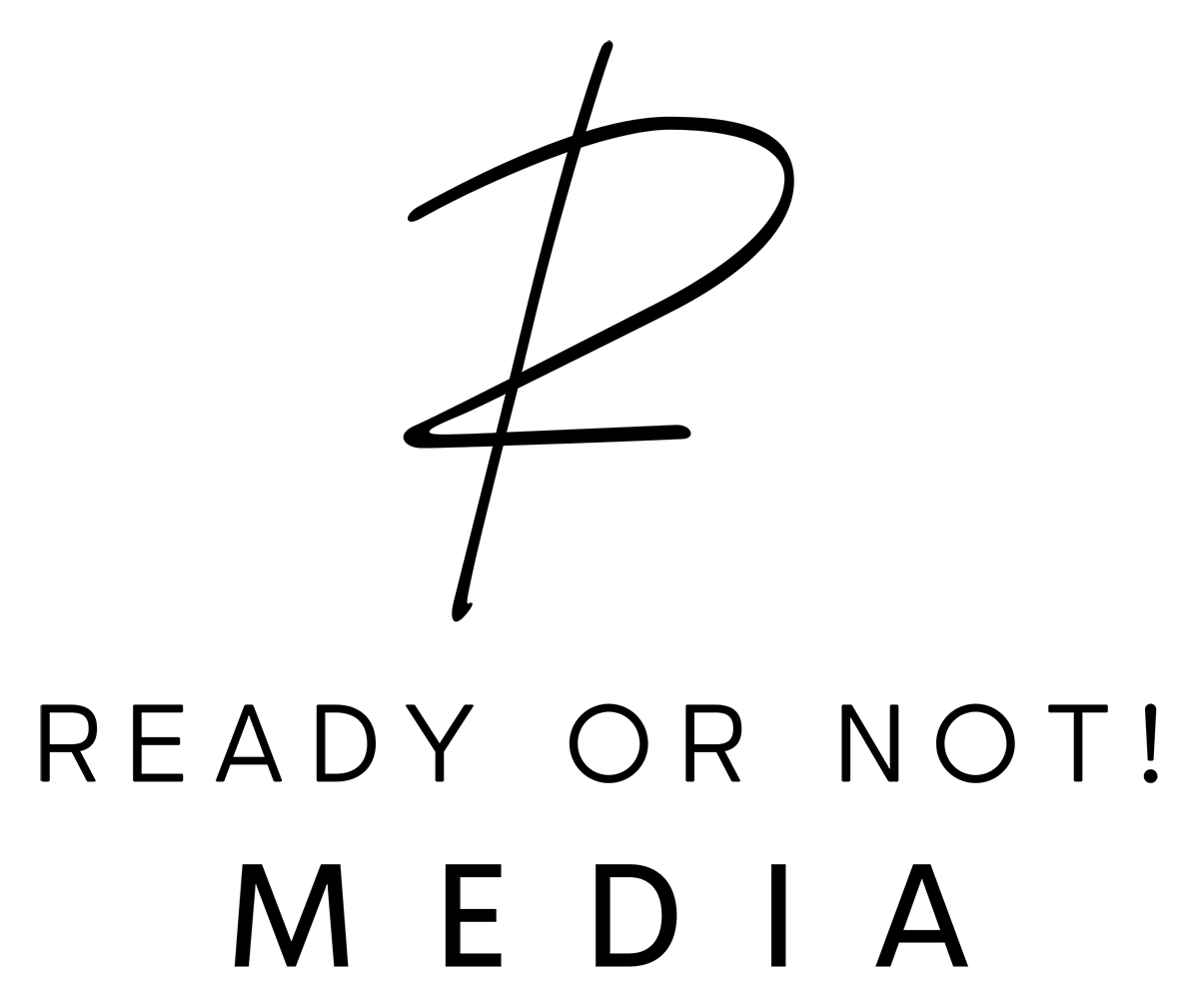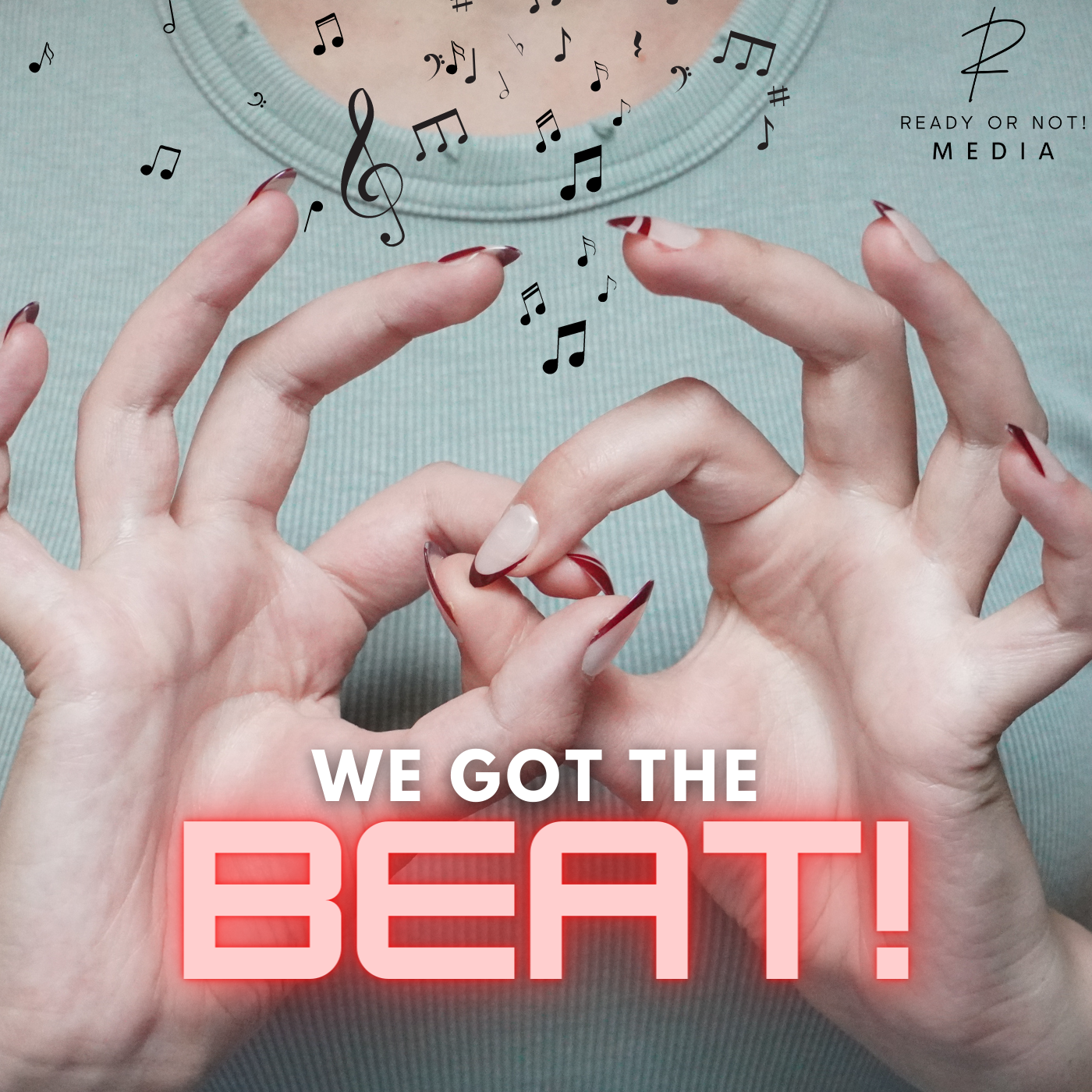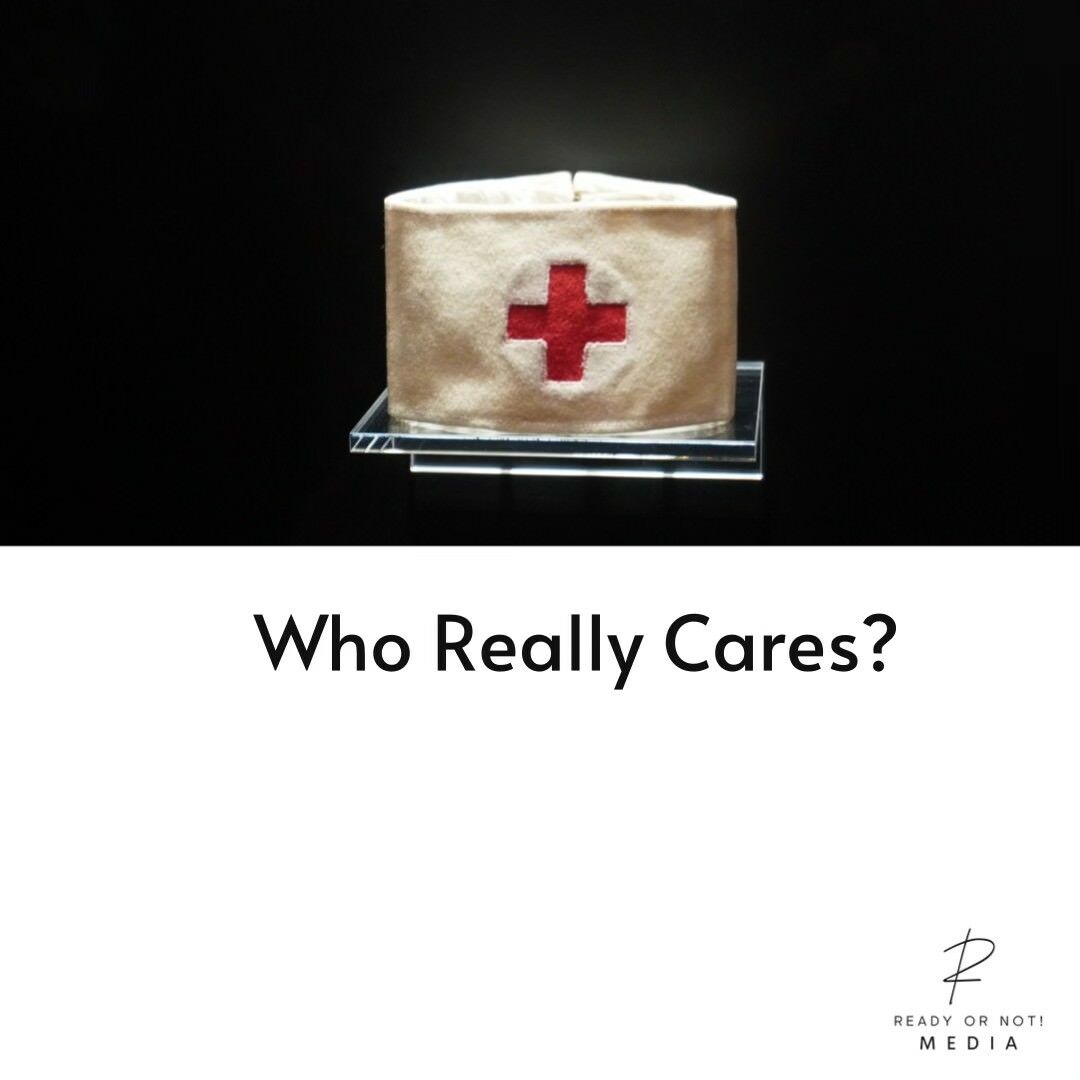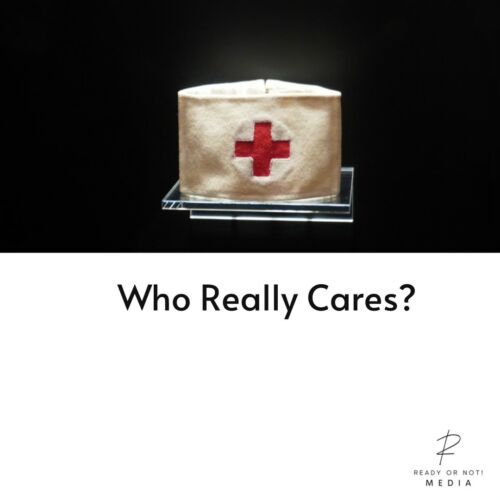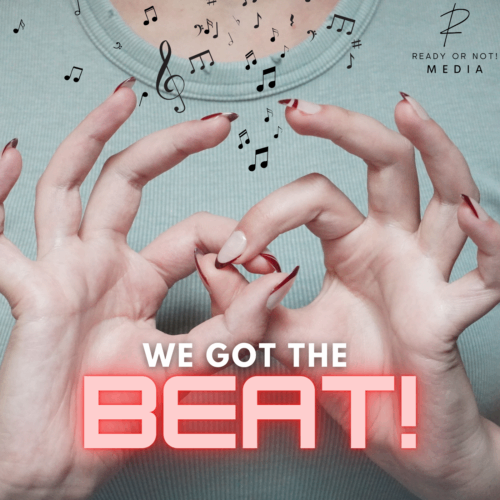
We got the Beat!
When I was 13, I attended the Black Tie Bar Mitzvah of the Year. I felt a little insecure not knowing the Saturday Night Fever Dance Floor lyrics. I prayed the room wouldn’t dim too much, as I relied on my friend’s visible speech from their lips as they sang along to The Go-Go’s hit, “We Got the Beat!”
When I was 13, I attended the Black Tie Bar Mitzvah of the year. I felt a little insecure not knowing the Saturday Night Fever Dance Floor lyrics. I prayed the room wouldn’t dim too much, as I relied on my friend’s visible speech from their lips as they sang alGot to The Go-Go’s hit, “We got the Beat!”
All I wanted was a sense of belonging, immersing myself in the pulsating energy of music at parties. As a young teenager, I’d study tape covers, memorizing verses to keep up sporting two hearing aids.
Sign this Note!
Hold onto your headphones, because KIDZ BOP, the architects of kid-friendly hits, are pushing boundaries like never before. They’ve elevated their craft by releasing ASL music videos that are electrifying the online realm. with an astonishing 3.25 million subscribers, they’re not just reaching ears; they’re embracing hands too – those that dance to the beat using American Sign Language (ASL).
Get ready for the enchantment. KIDZ BOP’s Sign + Dance Along series extends a special invitation to an all-inclusive dance extravaganza. Picture this: you’re singing your favorite melodies, grooving to the rhythm, and here’s the twist – you’re also signing in ASL. The dance floor has expanded, becoming wilder and incredibly cooler.
Imagine a jam session where everyone, no matter their rhythm, is invited to dance with pure joy. And when a deaf child synchronizes with the beat through ASL, it’s a revolutionary shift. They’re not mere spectators; they’re integral to the melody, dancing to the core of the song.
Universal Rhythm
Communication barriers can be among the most isolating forms of discrimination for those with disabilities. Time we honor and applaud these individuals as true change agents.
ASL interpreters and ASL-rich videos are dismantling the walls of ignorance is resonating universally. We’re celebrating an exquisite language. seamlessly weaving ASL into mainstream entertainment. Our collective resonance with these inclusive masterpieces turns us into advocates for a culturally diverse and accessible landscape that resonates with the human soul.
By amplifying ASL within the fabric of popular culture, we’re not just savoring music – we’re transforming it into a universal language where every voice holds significance, regardless of its mode of expression. A moment for the world to sign into a world when every note counts.
Are you with me to end this party on a high note?
